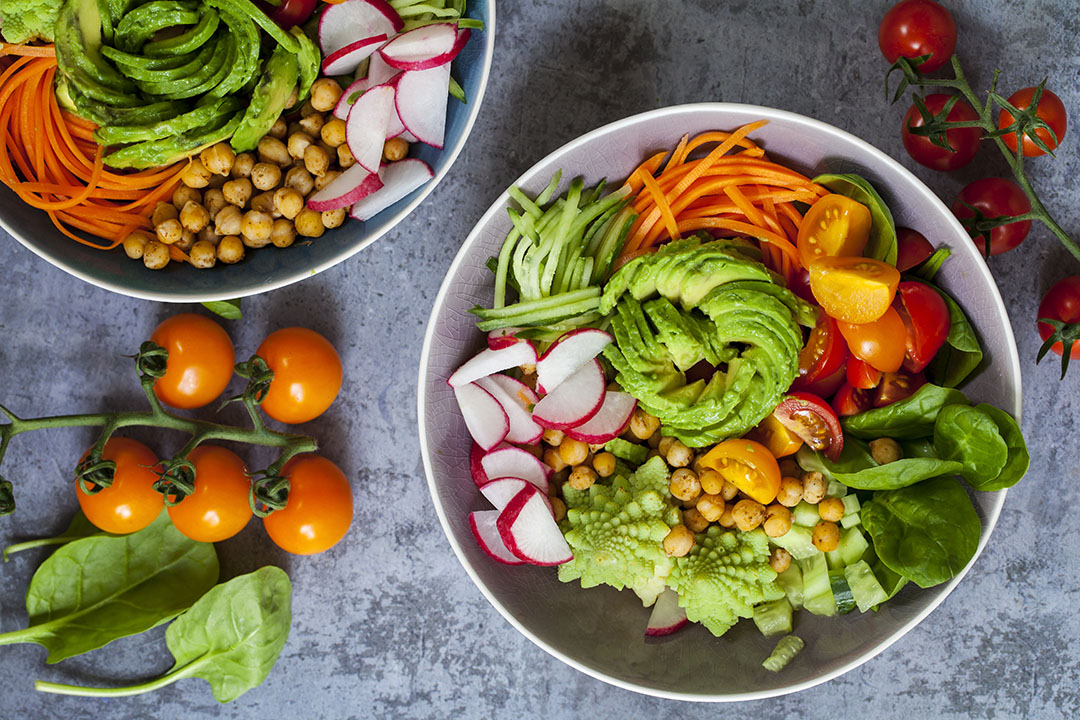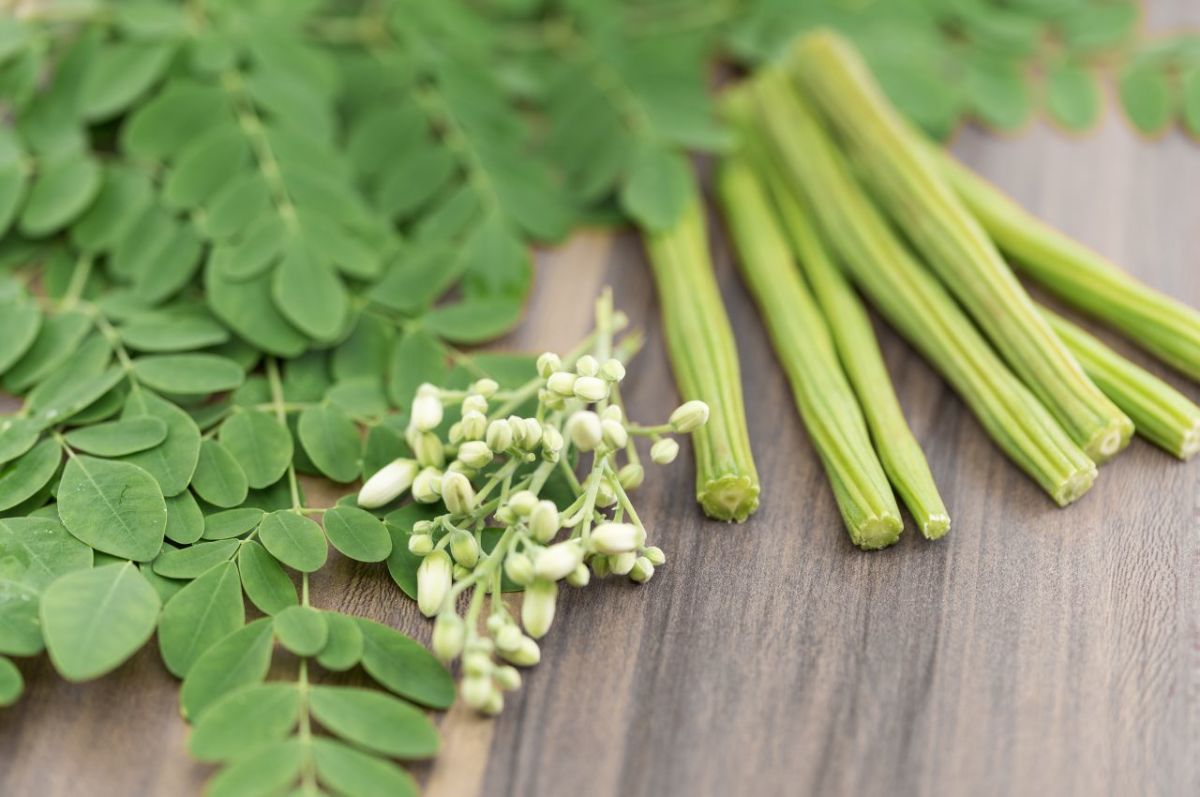Can Taro Stems Transform Your Cooking? When you think of bold, plant-based ingredients that elevate your meals, taro stems probably aren’t the first thing that comes to mind. But in many Asian kitchens, especially in the Philippines and Bengal, this humble stalk is a flavorful, fibrous treasure. So, can taro stems transform your cooking? Absolutely—and here’s why.
What Are Taro Stems?
Taro stems are the thick stalks of the taro plant (Colocasia esculenta), typically found beneath the leafy tops. Often overshadowed by the root, the stem is widely used in Southeast Asian and South Asian cuisines. Its slightly spongy texture and mild flavor make it an ideal base for absorbing sauces and spices.
Why Use Taro Stems in Cooking?
1. Nutrient-Dense:
Taro stems are high in dietary fiber, which supports digestive health. They’re also rich in antioxidants and essential minerals like potassium and magnesium.
2. Gluten-Free & Low Calorie:
Perfect for people with gluten intolerance or those looking to cut carbs without sacrificing texture.
3. Texture Enhancer:
Once cooked, taro stems turn tender but hold their shape, adding a unique bite to stews and curries.
4. Sustainable Cooking:
Using the whole plant reduces food waste, making taro stems a smart, eco-friendly choice.
The Itch Factor: How to Prepare Taro Stems Properly
One common concern is the itchiness caused by calcium oxalate crystals in raw taro. Here’s how to prep them safely:
-
Peel the outer layer to remove coarse fibers.
-
Slice and soak in salted water for 30–60 minutes.
-
Boil thoroughly in fresh water for 10–15 minutes to neutralize the itch.
-
Avoid undercooking, which can cause throat irritation.
Always cook taro stems completely before eating.
Regional Inspirations: Classic Dishes with Taro Stems
1. Filipino Laing:
A coconut milk-based dish where dried taro leaves and stems are slow-cooked with chilies and fermented shrimp paste. Rich, spicy, and earthy, laing is a Bicolano classic.
2. Bengali Kochu Chingri:
In this Eastern Indian dish, taro stems are simmered with mustard paste, turmeric, and shrimp. The result is a punchy, flavorful curry served with rice.
These traditional recipes show how taro stems can be the star of deeply satisfying meals.
Cooking Tips: How to Add Taro Stems to Modern Dishes
-
Curries: Pair with lentils, root vegetables, or proteins in coconut- or tomato-based gravies.
-
Soups and Stews: Add pre-boiled stems for texture.
-
Stir-Fries: After boiling, toss with garlic, chili, and soy sauce for a quick side.
-
Vegan Alternatives: Use in place of bamboo shoots or artichokes.
Final Thoughts: Can Taro Stems Transform Your Cooking?
If you’re looking to expand your plant-based palette or bring more tradition and sustainability to your meals, taro stems are a game-changer. Once prepped properly, they offer versatility, nutrition, and depth of flavor you won’t get from other vegetables.



